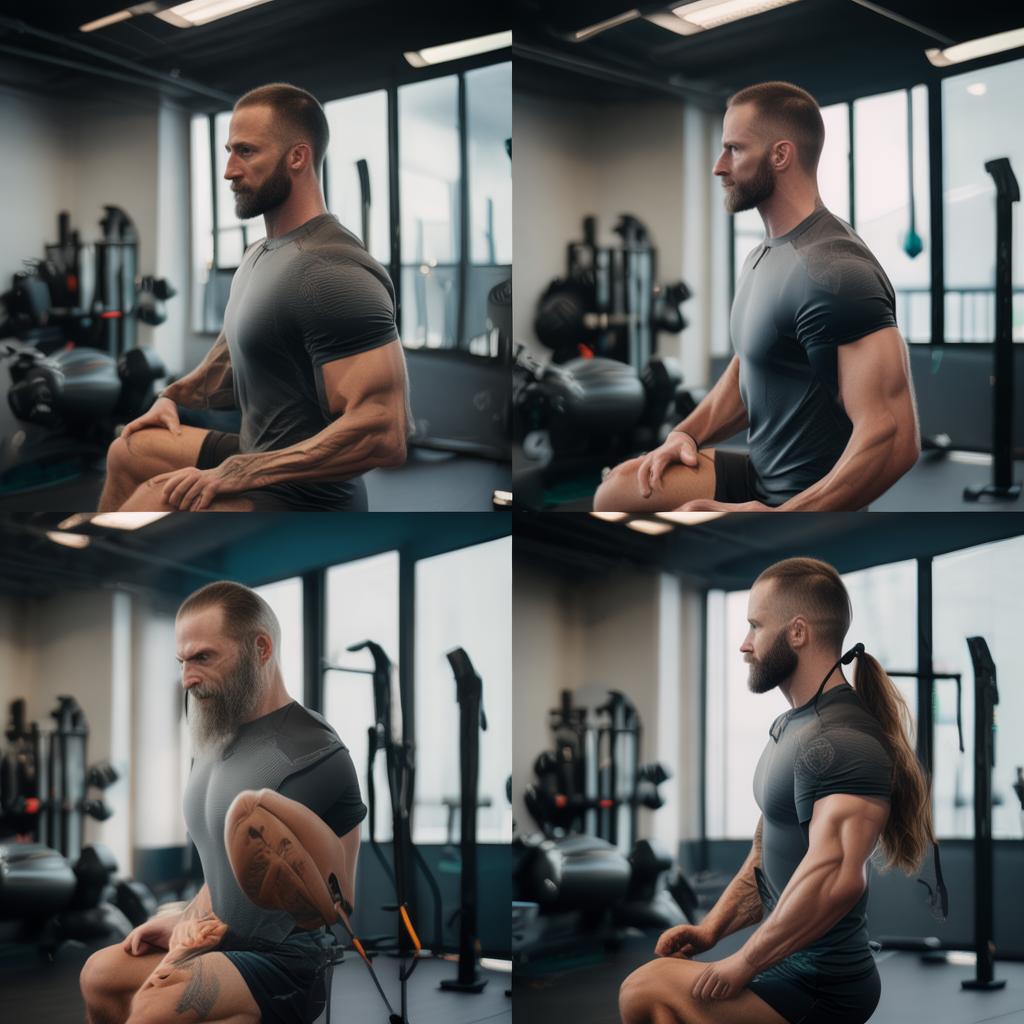Introduction
Many fitness – lovers dedicate a significant amount of time to back training, especially focusing on the latissimus dorsi for that coveted wing – like back. However, an often – overlooked aspect is the sculpting of back thickness, which is a characteristic feature of many bodybuilding champions’ physiques. While high pulldowns are great for developing width, achieving thickness requires horizontal pulling and hard pulling.
Moreover, in today’s digital age, most young people are constantly on their mobile phones, often assuming a hunched – over posture. This can lead to back and neck strain over time and result in bad body postures such as hunchback and neck tans. A strong back, on the other hand, can help you stand more upright.
The Three Essential Back Exercises
You may not be proficient in these three main movements yet, but with a simple approach and the right intensity, you can build the back muscles you desire. Whether you are focusing on a width – based back workout or are used to high training volumes, these exercises can be integrated into your routine.
1. Hard Pull
The hard pull is a must – have movement for back sculpting. When you extend your torso to a full vertical position, it mainly targets the erector spinae muscles, training the thickness of the back from bottom to top. Additionally, a full – body load of hard pulls triggers a release of beneficial hormones like testosterone and growth hormone, which not only fill out the back area but also aid in overall muscle building and fat burning.
After warming up, spend 12 minutes on hard pulls. Start with a weight that allows you to complete 8 – 10 reps. For the first set, do five reps, rest for 60 seconds, and then do five more reps. If you can’t manage five reps, adjust the number accordingly, but don’t exceed five reps per set. Repeat this process for 12 minutes, starting the timer after the first set. On the last set, if you have the strength, go all out with a maximum – weight hard pull.
2. One – Arm T – Bar Row
This movement is similar to the one – arm dumbbell row but is performed with a T – bar. Hold the barbell at the thick end beyond the barbell piece. Holding it too wide may make it difficult to focus on the latissimus dorsi, and you can also use a booster band and pull up in a prone rowing position.
Rowing movements have long been used to train back thickness, and this one is no different. It stimulates the lower back muscles, including the large and small circular muscles, as well as other deep muscles. It is advisable to raise your hips slightly away from the barbell and emphasize the extension of the movement to feel the stimulation in the lower latissimus dorsi.
Instead of counting reps in the traditional way, choose a weight that you can do for 15 reps. Start with the weakest arm and do as many reps as possible in one minute, focusing on movement stretch and posture. Rest for one minute and then repeat on the strong arm. Then, follow a pattern of decreasing rest and work times for both arms.
3. Straight Arm Pull Down
In some pull – down exercises, the biceps can be a limiting factor as they get involved in the back movement and fatigue before the back muscles. The straight arm pull down is an isolation movement that targets the back width while bypassing the biceps.
Perform this exercise for two straight minutes. Select a weight that you can repeat 15 – 20 times. Start with three reps, moving slowly and under control. After the three reps, hold the weight in the top position and let the muscles stretch for five seconds. Repeat this for two minutes. Although grip distance may be important for width training, after a heavy workout at the start, straight arm pulldowns help to finish off the latissimus dorsi and fill it with blood. To enhance the pump, try to pull the elbow back and up at the bottom of the movement, imagining putting the handles “through” your body to engage the mid – back.
By incorporating these three exercises into your back training routine and paying attention to the details, you can make significant progress in building a strong, well – defined back.





